10 Mindblowing Mount Vesuvius Facts For Kids
Learn all about the explosive history of Europe’s deadliest volcano!
You’ve probably heard of Mount Vesuvius in the Gulf of Naples in Italy – very famously it erupted in 79 AD, causing massive destruction to the Roman towns nearby. But there’s a lot more to the story than that! Find out everything here with these ten mindblowing volcanic facts! For more Roman history check out our Roman facts, then follow that up with some Stonehenge facts, or go forward in time and learn all about the Victorians!
1. It’s actually two volcanoes
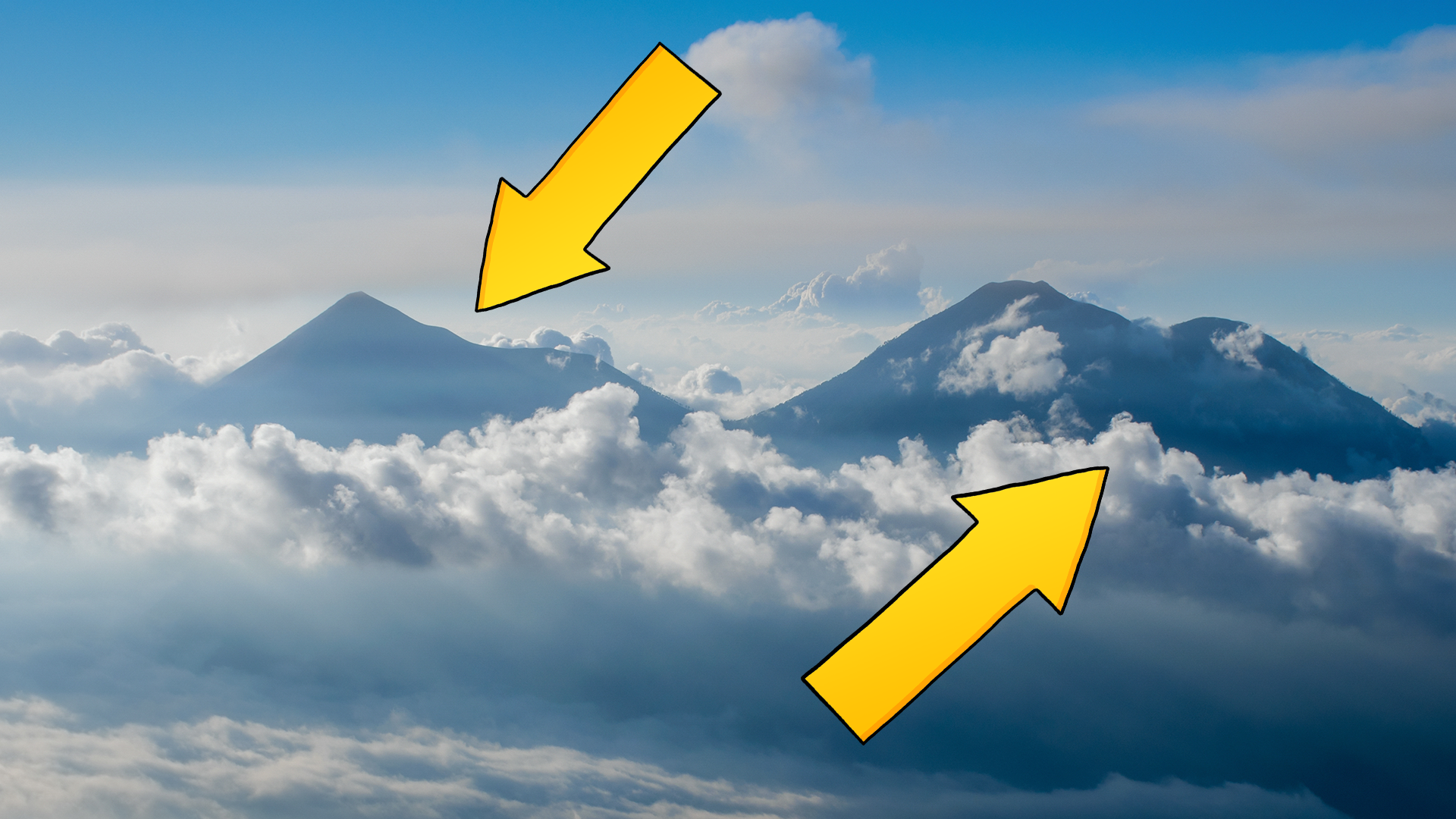
The volcano is actually made up of two mountains, Monte Somma and Vesuvius. Vesuvius is the main peak, but it actually grew out of Somma.
2. Hercules was there!
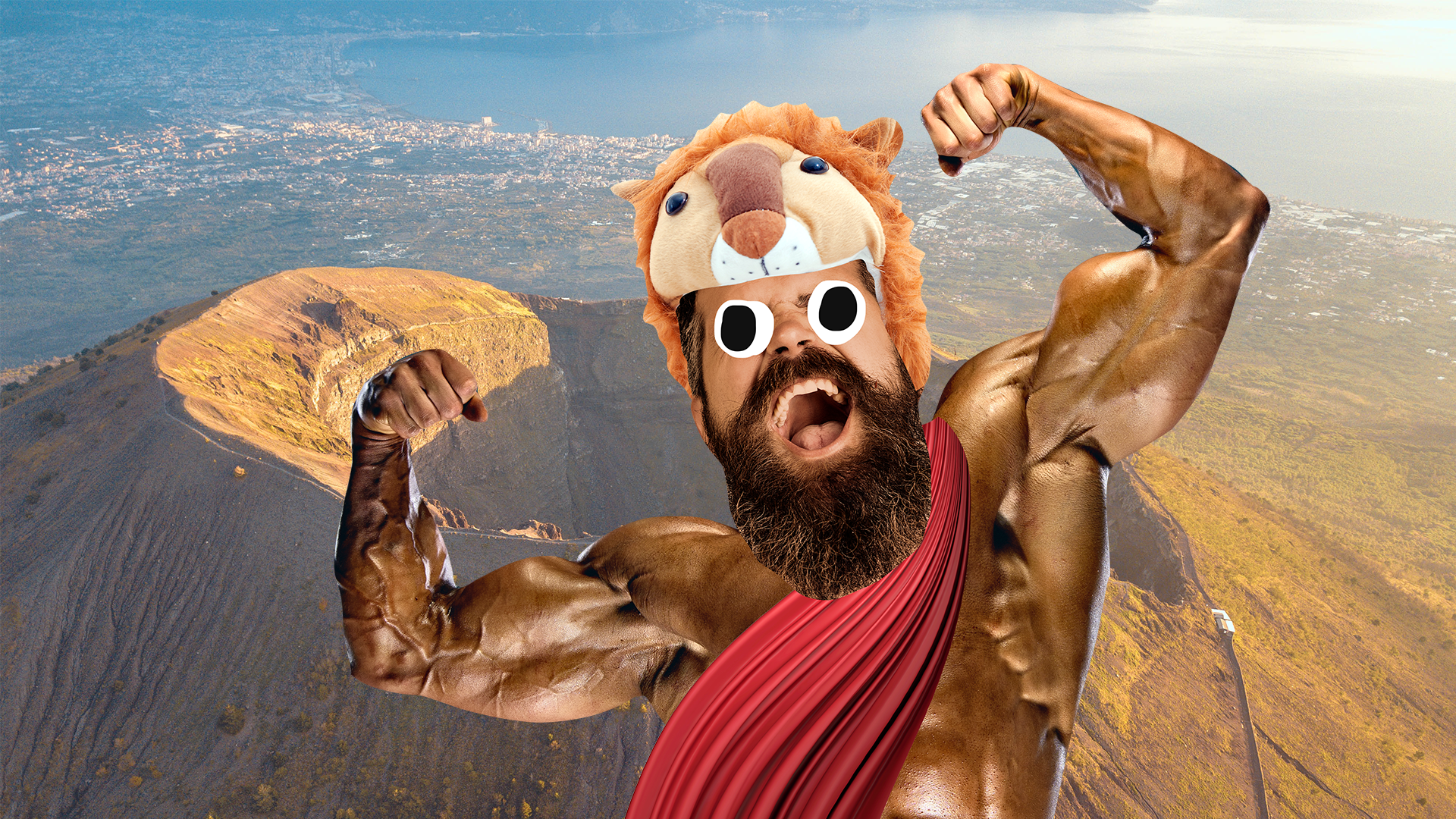
According to myth, anyway! Hercules, the famous hero, was said to have passed through the region and helped save it from giant bandits. Locals worshipped both him and Venus, the Roman goddess of love. It’s possible that the nearby town of Herculaneum was named after him, but historians aren’t sure.
3. People didn’t know it was a volcano…
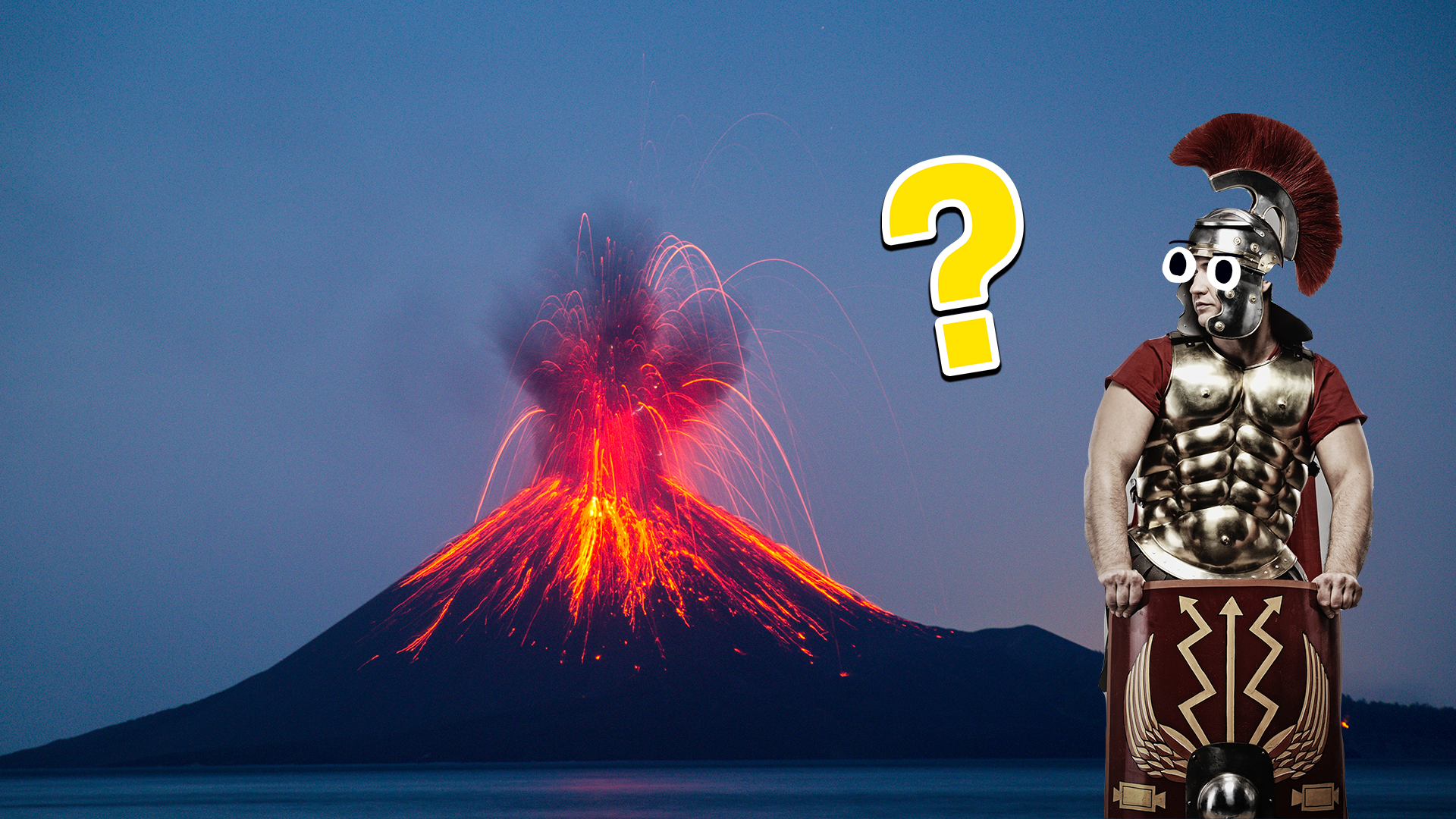
Before 79 AD the volcano hadn’t erupted for about 1,800 years, which was long enough for people to think it wasn’t active any more. There were less records back then too, and no internet of course!
4. …but there were still warnings
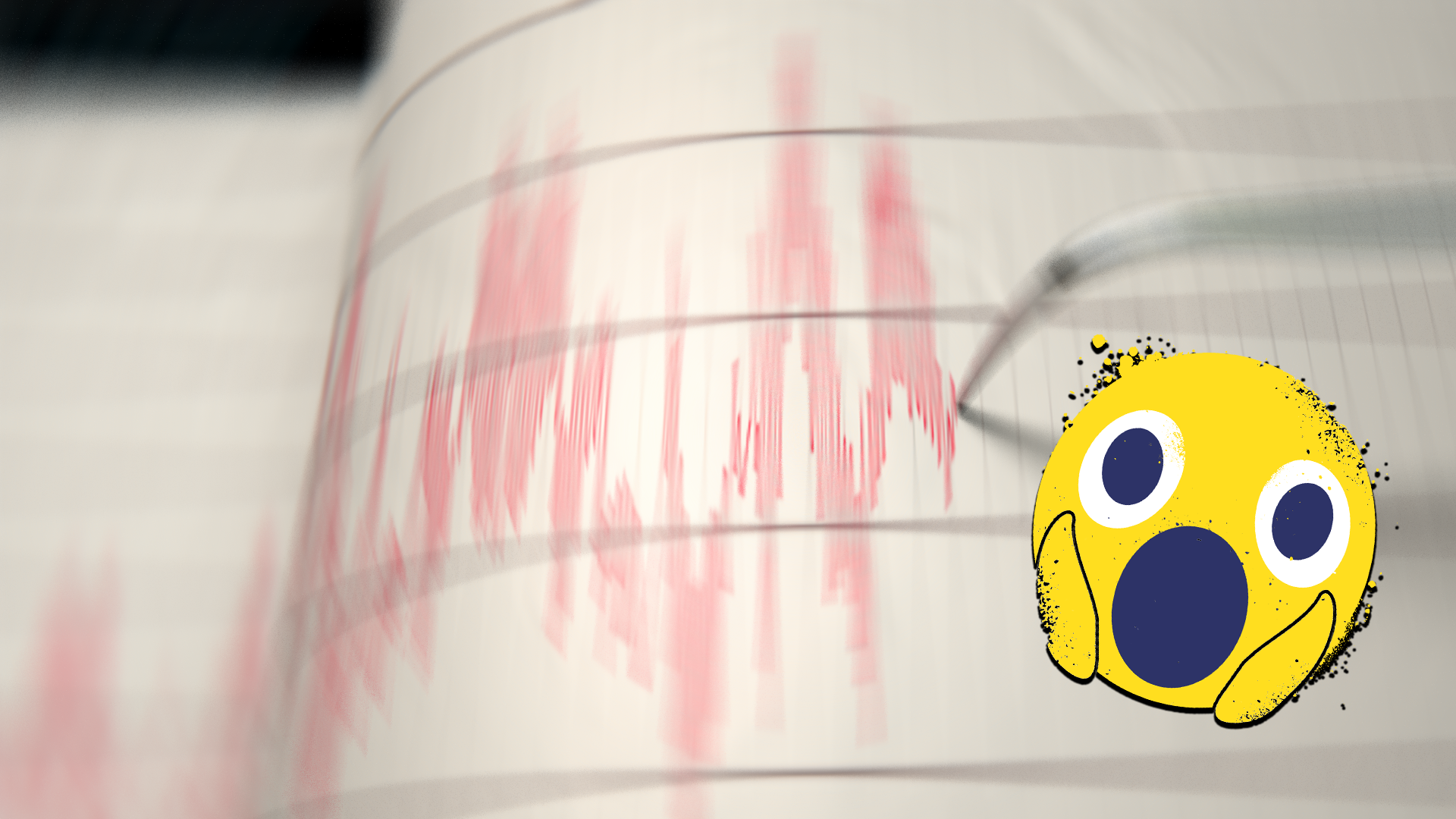
There were lots of earthquakes in the area in the run-up to the eruption, becoming more frequent in the days right before. This is very common when a volcano is about to erupt. Nowadays people who live near active volcanoes know how to recognise the warning signs, and have better safety procedures.
5. The eruption lasted for about two days
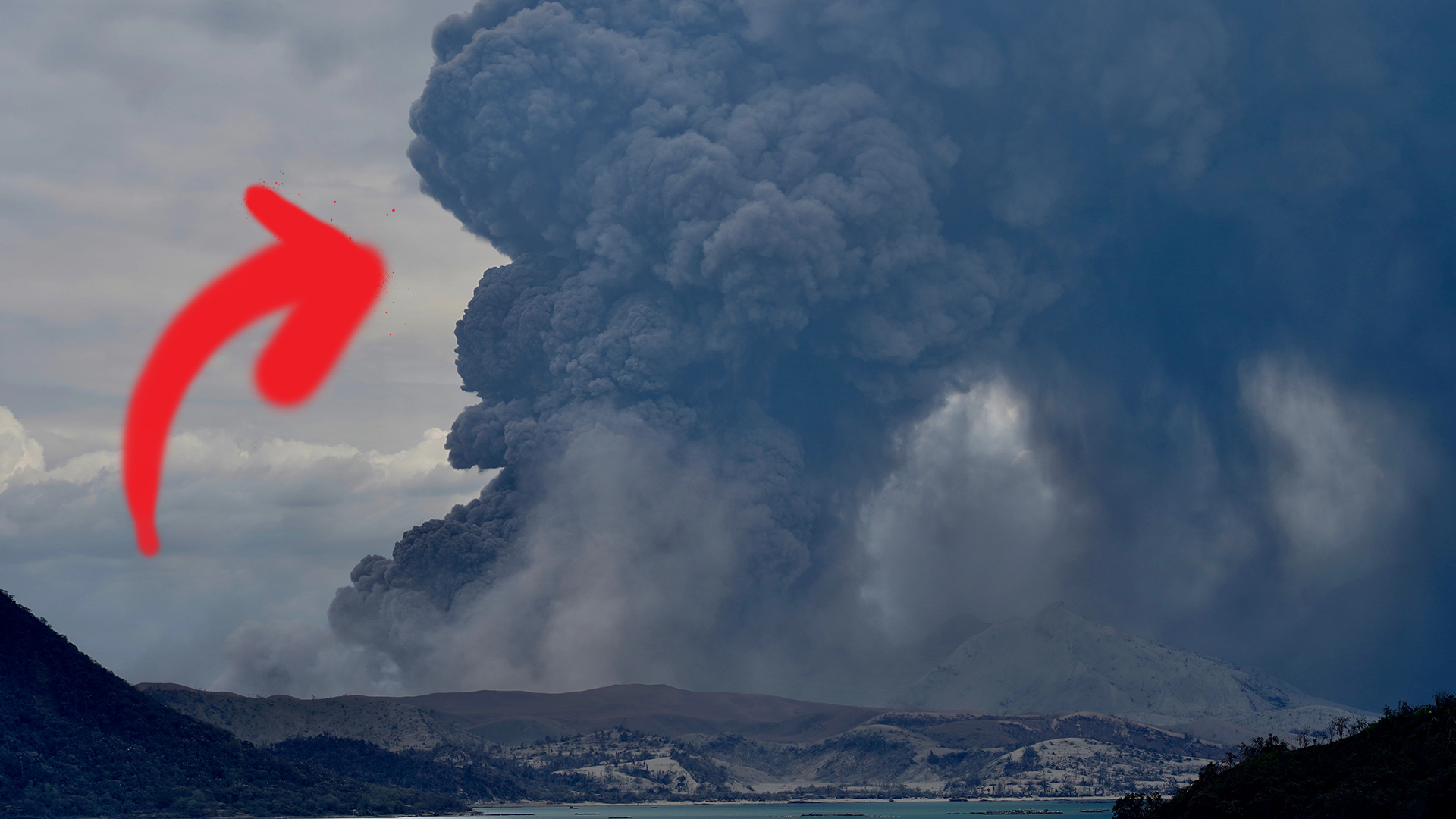
The volcano first blew its top at around midday on the 12th of August, 79 AD. This first stage of the eruption sent ash and pumice stones (a small lightweight rock that is still used in gardening, medicine and skincare today) into the air. People who fled the area at this sign were mostly able to survive, but not everybody did because they had no idea how dangerous it was going to get. But as the hours went by more stones fell on the surrounding towns and began to bury them. Then, hours later hot molten rock (called a pyroclastic flow) began to flow from the volcano, burying the nearby towns in a matter of minutes.
6. The total amount of debris was INCREDIBLY heavy
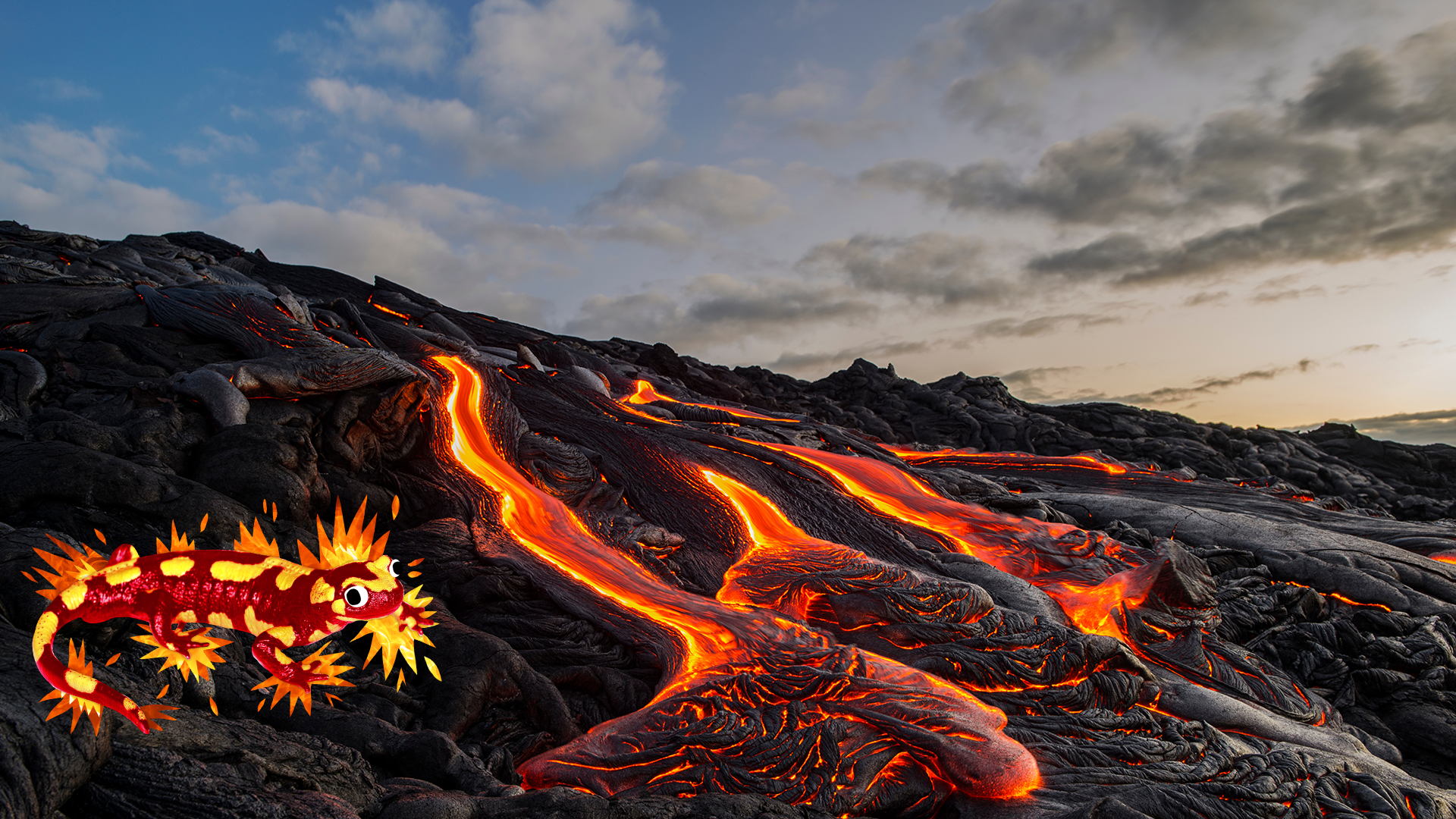
The total weight of all the debris per second was about 1.5 million tons. That’s equivalent to about 250,000 fully grown elephants falling every SECOND. It was also VERY hot, around 300°C.
7. More than one town was destroyed
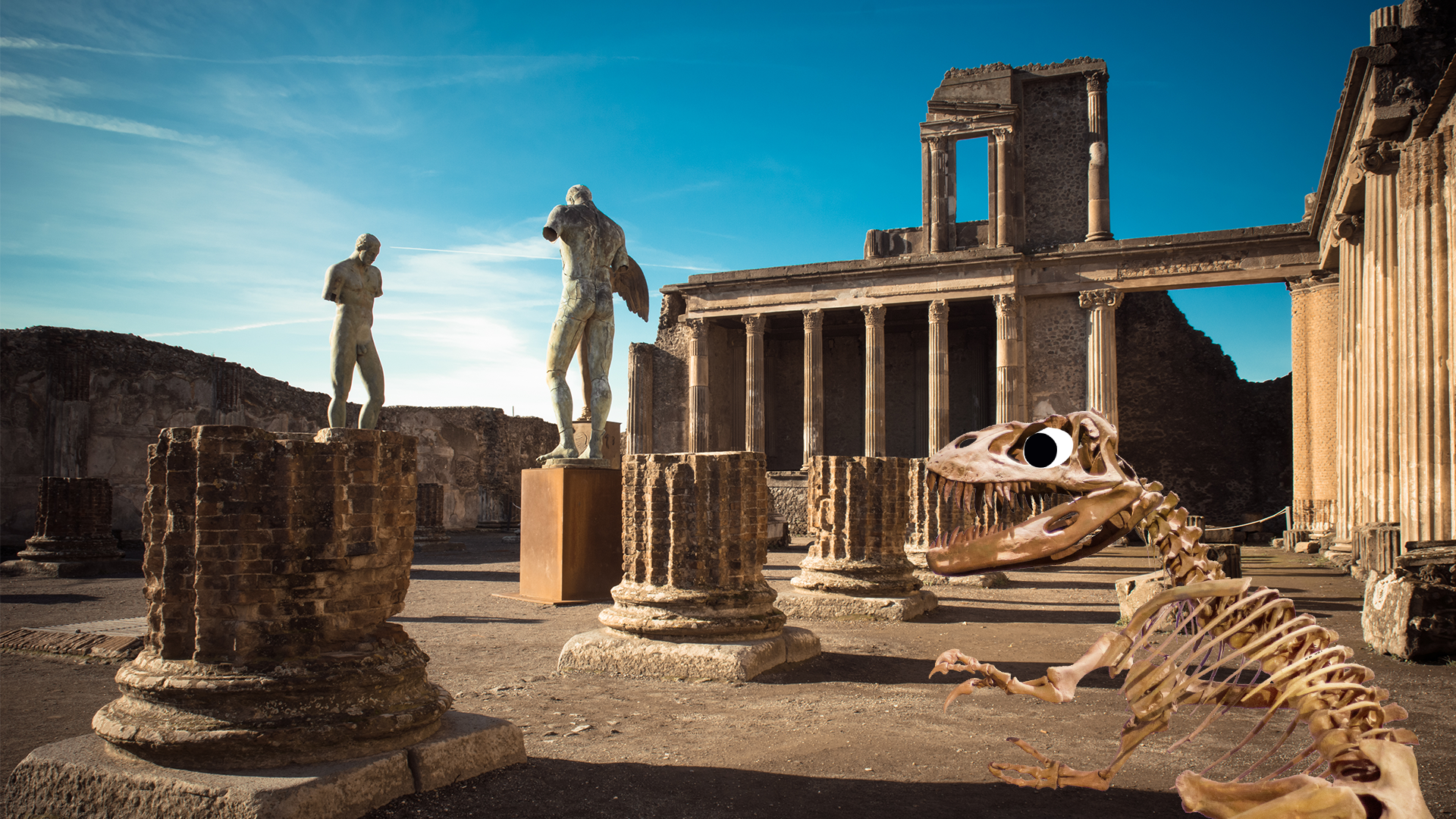
The town most famously associated with Mount Vesuvius is Pompeii, a big Roman city which is now a UNESCO World Heritage Site. But the nearby towns of Herculaneum, Olontis and Stabiae were also destroyed in the explosion, as well as several other smaller settlements. Because of how quickly Pompeii was covered in volcanic debris, the town and the people in it were sealed in and preserved for nearly 2,000 years. Archaeologists began excavating the town in the eighteenth century, and there have been more discoveries made ever since. Though lots was damaged or lost in excavations Pompeii provides a snapshot of life in a wealthy Roman town, including fancy houses, luxury items, and even ancient graffiti!
8. We know what it was like firsthand
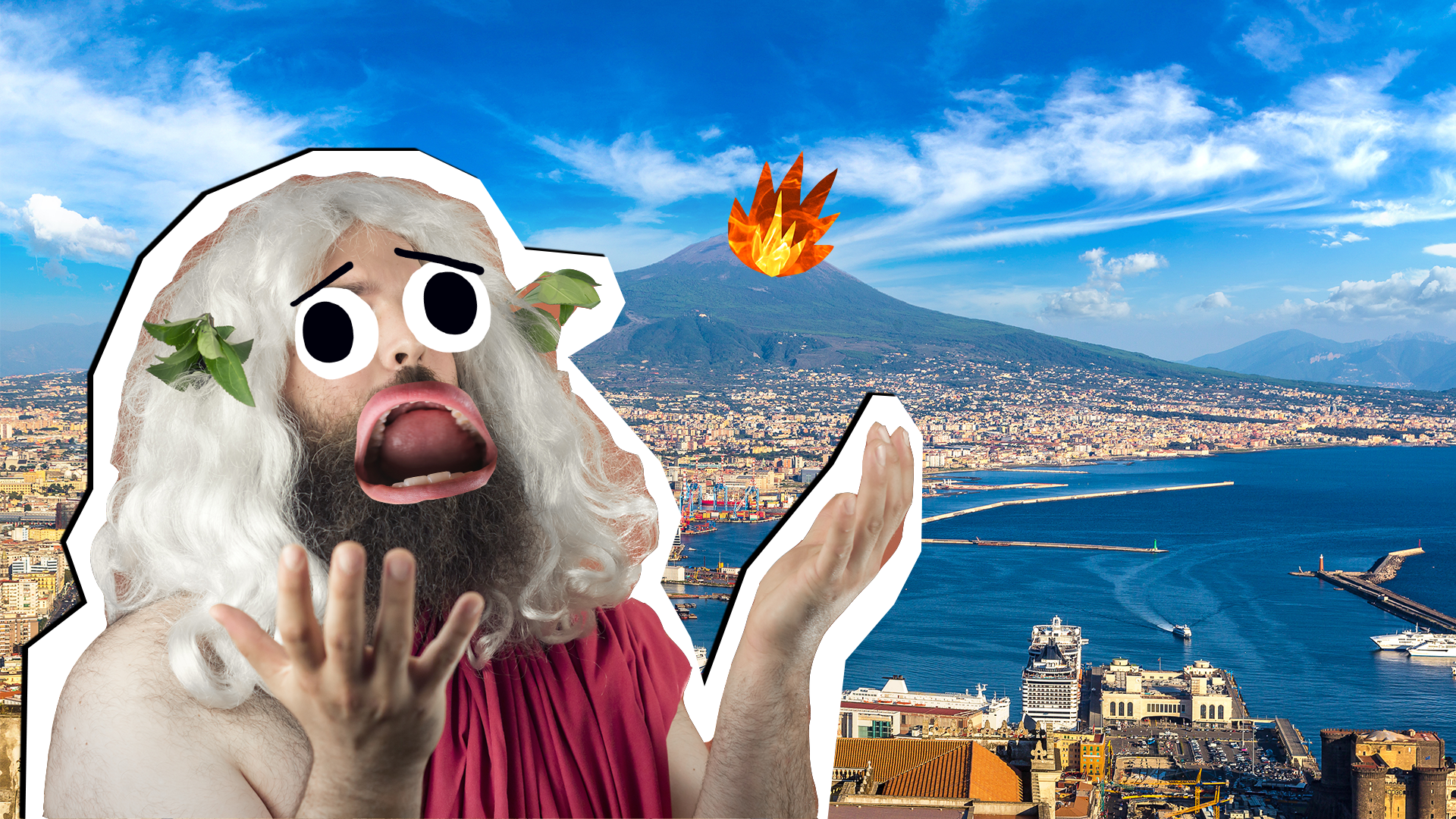
Pliny the Younger was a Roman writer who lived across the bay from Pompeii, and wrote down what he saw in two letters to his friend Tacitus, a historian. Pliny’s uncle, Pliny the Elder, actually travelled across the bay to try and help the people, but unfortunately died in the eruption. This is the only written eyewitness account of the eruption (remember, there were less books and records back then).
9. That wasn’t the last time it erupted
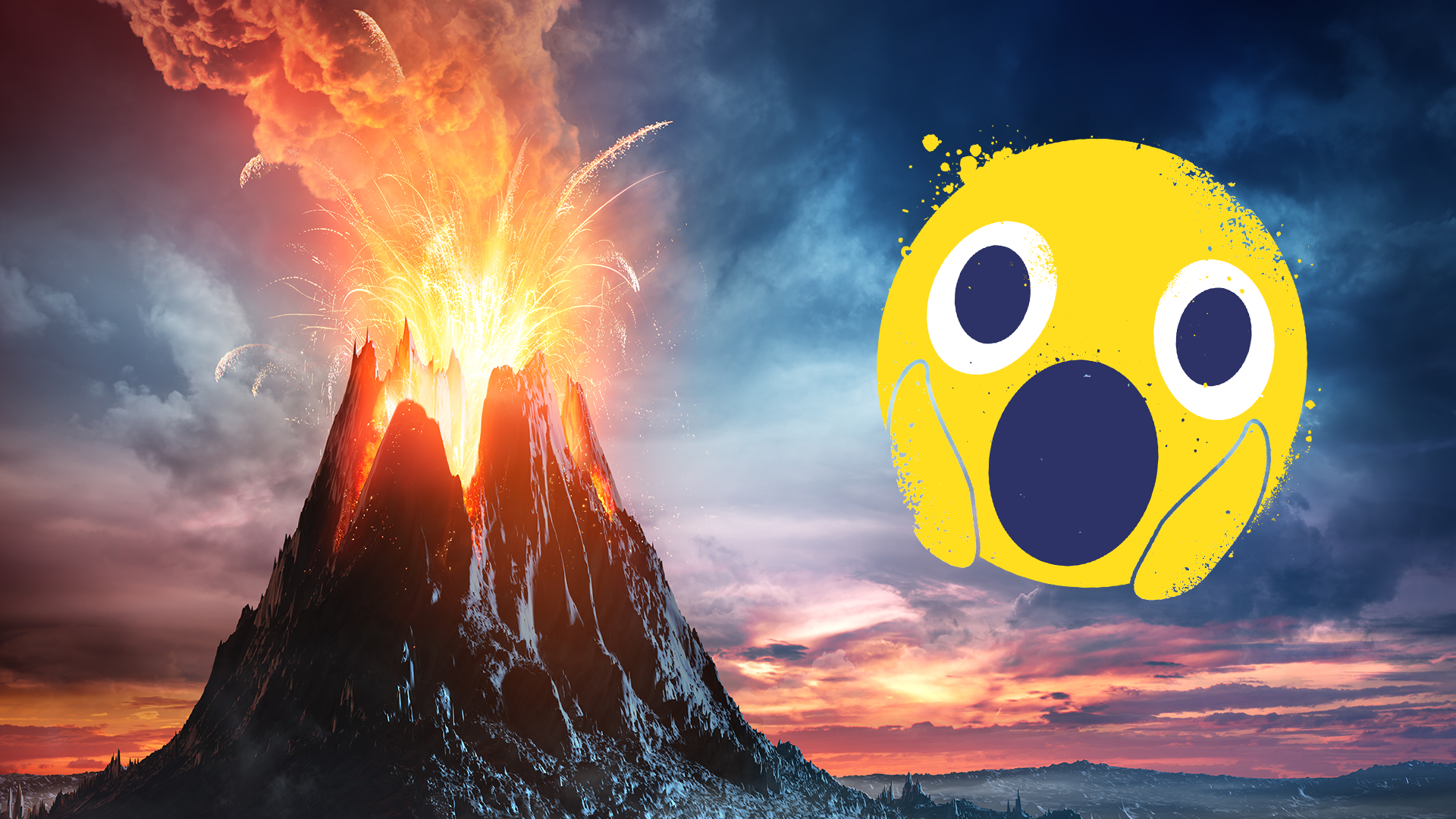
Mount Vesuvius has erupted around three dozen times times since 79 AD. An eruption in 472 was said to have thrown ash as far away as Istanbul in Turkey, and another eruption in 512 was so bad the king granted the people living nearby tax exemptions. In the 20th century it erupted several times, and in 1944 an eruption lasted a whopping two weeks and destroyed around 80 American airplanes stationed nearby. Luckily no people died in that one! You might wonder why anyone would want to live near Mount Vesuvius – the answer is that the ash is good for the soil, and that means it’s a great place to grow food.
10. It’s still active…
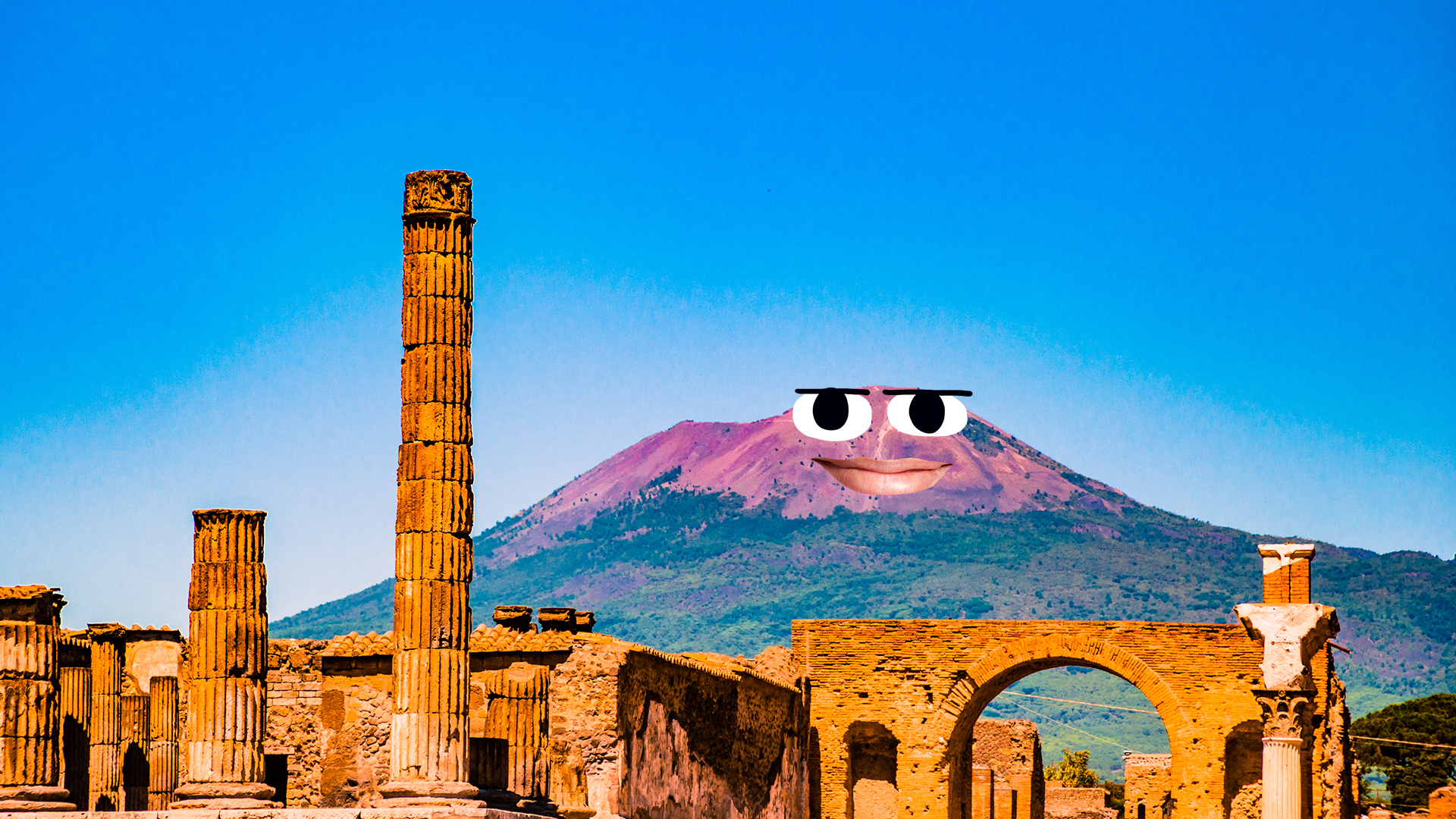
Though the 79 AD eruption was still the most dangerous, geologists agree that the volcano will probably erupt again – and this one will be big, probably affecting the city of Naples. It sounds scary but authorities are monitoring the volcano closely, and will make sure everyone nearby is well warned this time.















